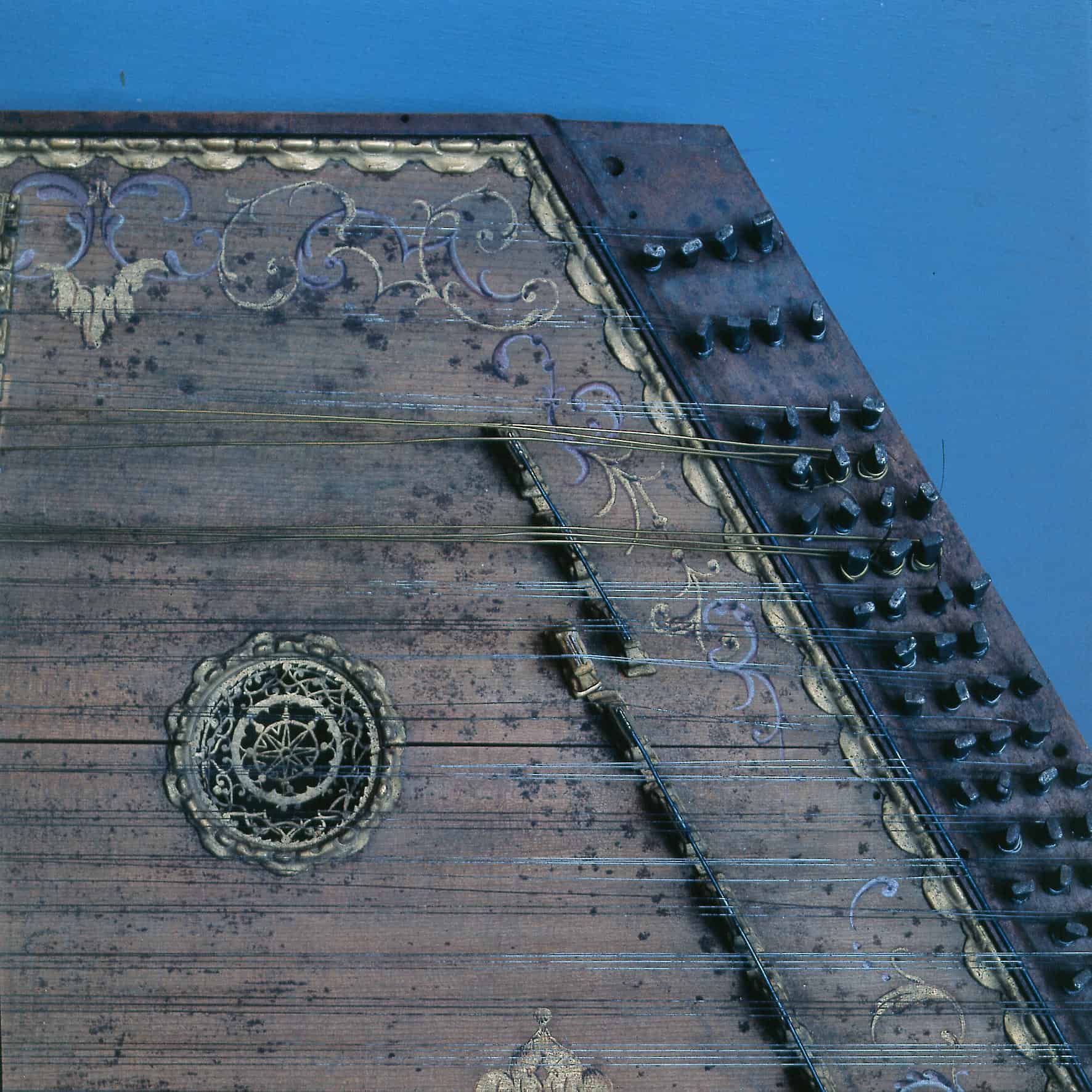
**The Ascendancy of London as a Scientific Instrument Center: The Impact of Thomas Gemini and Initial Advancements**
For a substantial part of the sixteenth century, England trailed behind continental Europe in vital aspects of practical science, especially in the realms of navigation, cartography, and the creation of mathematical instruments. Cities such as Nürnberg, Louvain, and Prague had positioned themselves as leading hubs for scientific and mathematical progress, teeming with adept instrument makers who manufactured and supplied tools essential for astronomy, navigation, and surveying throughout the continent. In contrast, England, particularly London, was in a phase of catching up, often depending on the expertise of immigrants to close the gap.
This intellectual and technological divide continued well into the mid-sixteenth century, until England started to more intentionally adopt mathematical instruments and scientific progress. A pivotal figure in establishing London as a budding center for scientific instruments was a man named **Thomas Gemini** (c. 1510–1562), whose contributions propelled progress forward in England, particularly within royal and academic spheres.
### The Initial Deficiencies: England’s Scientific Delay
In the early years of the sixteenth century, Europe was alive with scientific and mathematical breakthroughs. Nürnberg, for example, emerged as a key site for the manufacture of high-quality astrolabes, compasses, and other essential navigation and astronomy tools. The city’s significance was the result of established families of instrument makers transmitting their knowledge through generations. Although Louvain and Prague weren’t as prominent as Nürnberg, they maintained vigor as hubs with skilled instrument makers and suppliers.
In stark contrast, England leaned significantly on the skills of foreign craftsmen. **Nicolas Kratzer**, a Southern German instrument maker and astronomer, was one of the earliest to introduce more advanced mathematical tools to the court of **Henry VIII** as early as 1517. As a mathematics tutor and the king’s official clockmaker, he was responsible for the creation of sundials. However, despite his significant role, the scientific and mathematical community in England remained limited and largely isolated until later figures like **John Dee** and immigrants such as **Thomas Gemini** became more involved in the development.
### Thomas Gemini: The Trailblazer of England’s Instrument Industry
Despite his notable influence, the life story of Thomas Gemini, whose birth name was Lambrit, remains somewhat obscure beyond his professional achievements. Hailing from a village near Liège in the Netherlands, Gemini relocated to London around 1540, where he began his career as a printer, engraver, and instrument maker. His contributions to English scientific culture remarkably spanned both scholarly publishing and the hands-on fabrication of tools.
His initial significant work was an **anatomical compendium** titled “Cornpendiosa totius anatomie delineatio,” released in 1545 in partnership with the printer John Herford. This publication featured a series of detailed copperplate engravings—the first of their kind in England. These meticulous anatomical illustrations were soon identified as clear imitations of celebrated works by **Andreas Vesalius** within *De Humani Corporis Fabrica* and *Epitome*. Although based on Vesalius’ designs, Gemini’s illustrations were distinguished by their quality and served as valuable resources for London’s United Company of Barber-Surgeons.
While the engravings accompanied anatomical lectures, the original Latin text proved challenging for novice surgeons, prompting a second edition in 1553 that presented the text in English, translated by **Nicholas Udall**, a notable scholar, playwright, and translator. Despite relying on mainly obsolete medieval anatomical concepts, Gemini’s engravings fostered the lasting appeal of his publications, inciting numerous plagiarizations and additional editions in subsequent decades.
### Instruments and Tools: Infusing Scientific Craftsmanship in England
Perhaps the most lasting influence of Gemini came from his role as a **mathematical instrument maker**. He was among the pioneering commercial instrument makers in London, adept at producing astrolabes, quadrants, and other navigational devices. Notably, Gemini fashioned several esteemed **astrolabes**, which were medieval astronomical instruments utilized by astronomers, navigators, and astrologers. Surviving examples of his work comprise astrolabes crafted for the **Duke of Northumberland**, **Sir John Cheke**, and **Edward VI** during the 1550s. These intricately designed astrolabes featured elaborate engravings and necessary symbolism for geographical and astronomical computations.
The “Flemish style” employed by Gemini—a design movement originating from the workshops of **Gemma Frisius** and **Gerardus Mercator** in Louvain—reflected both his foreign training and the impact of continental methodologies. Indeed, astrolabes created by Gemini were widely celebrated as some of the finest of their era, rivaling those made by esteemed continental craftsmen.